Exploring the “T” in STEM
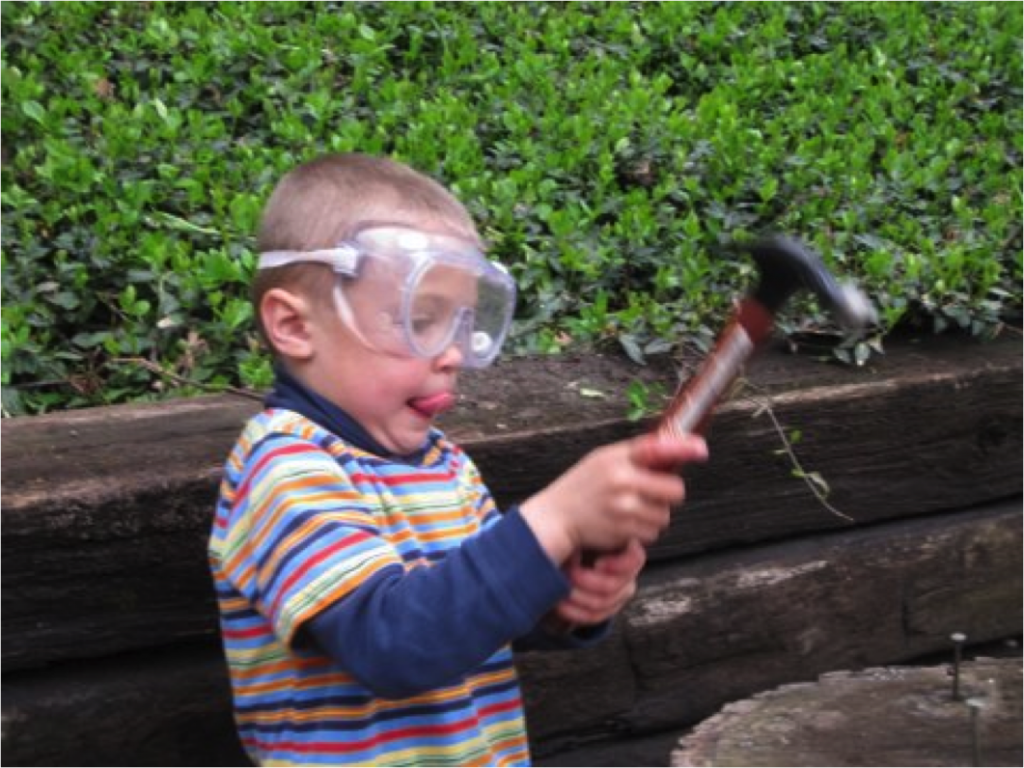
Science. Technology. Engineering. Mathematics. We teach STEM by fostering a love of exploration and discovery as we awaken children’s curiosity about the world they live in.
Through this play-based process, children develop STEM skills that lay the foundation for lifelong learning and problem-solving.
It was easy for me to introduce my early learners to science, engineering and math. But technology (the “T” in STEM) posed more of a challenge. Why? Because my family child care center, Under the Gingko Tree, is a screen-free program.
At first, I assumed that teaching technology would require the use of computers, tablets and other digital tools. But, after some experimentation, I discovered that children can learn about technology and how things work by experimenting with the most rudimentary tools and machines. This epiphany changed everything!
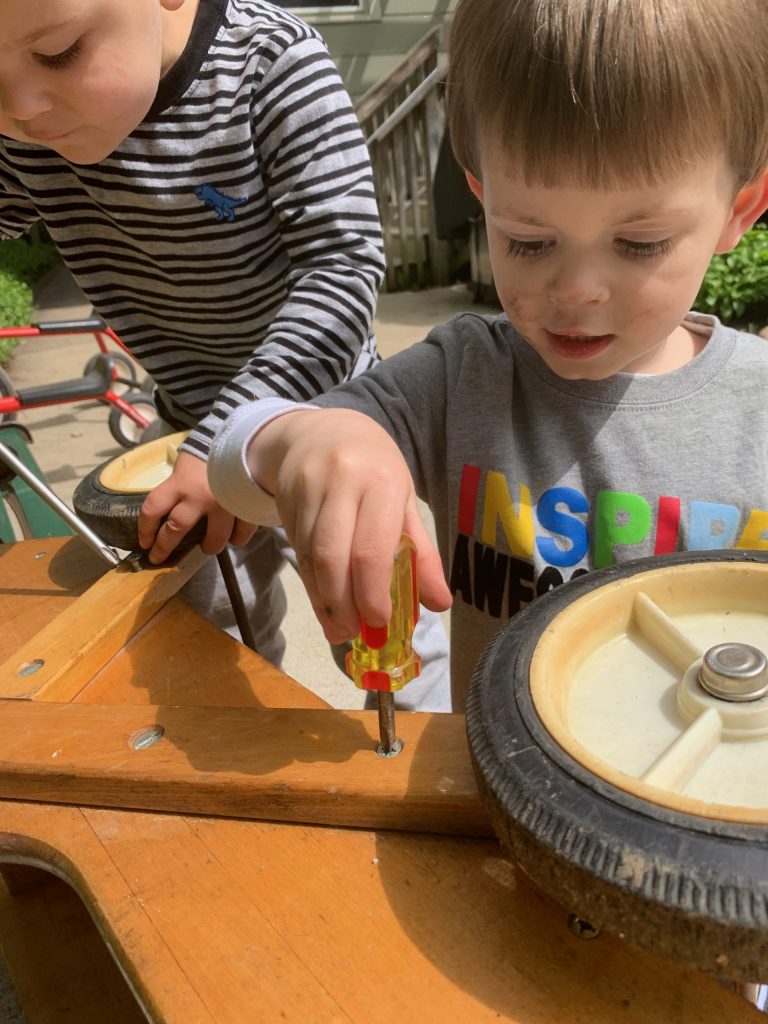
When James (above) realized that one of the screws on our wagon was loose, he immediately told me that he needed a hammer. I brought out the hammer, only to be met with a confused look. James knew what he needed, but he had not yet learned the correct name for a screwdriver. This small moment in our day helped James focus on the best tool for the job—and learn the name of that tool in the process. As simple as this was, James understood that I had brought him the wrong tool to solve the problem, and this made him think more deeply about various tools and their functions.
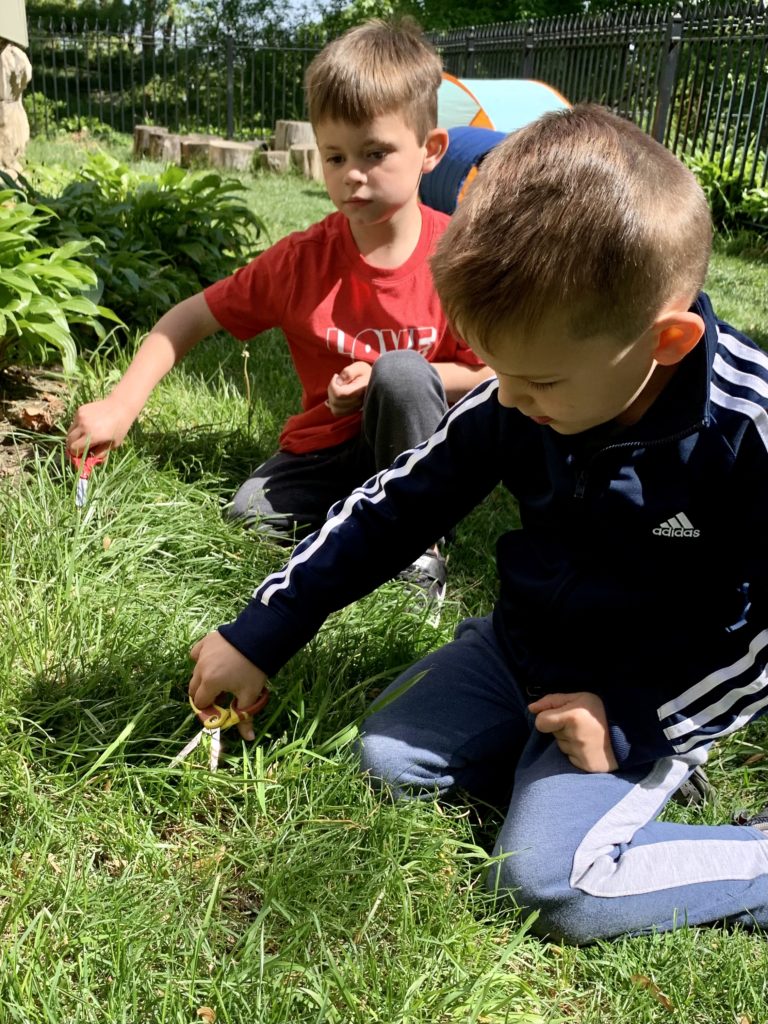
“Hudson, come over here! There is some really tall grass!”
This spring, our group went scissor crazy cutting the grass. We love cutting the grass! It never leaves a mess, the kids beg for it and the parents love that this “kindergarten” skill is being addressed. Our students are developing their fine-motor skills while shaping their environment and experiencing the instant gratification of seeing the grass getting shorter.
We can also throw in STEM vocabulary words and phrases such as FORCE, DENSITY and CAUSE AND EFFECT. Who knew that teaching technology could be so easy? Children develop measurement skills as they explore size, length, height and weight. They strengthen their math and observation skills when they make comparisons by size and other attributes.
Ready to incorporate the “T” in STEM into your curriculum? Just add tape measures, a scale, a few simple tools and some building blocks to your classroom and outdoor play. With some gentle guidance and a few well-placed questions and vocabulary words, your early learners will do the rest.
STEM is all about EXPLORATION. Whenever we give children the time and the freedom to explore their world, make predictions and form hypotheses, we are setting them up for STEM success. By promoting this type of play, you’ll empower your early learners to use their emerging STEM skills in the classroom and in the larger arena of life.
When engaged in activities that support STEM learning, young children can follow their curiosity, maintain their focus, participate in discussions, expand their vocabulary and remain actively engaged for surprisingly long periods of time.
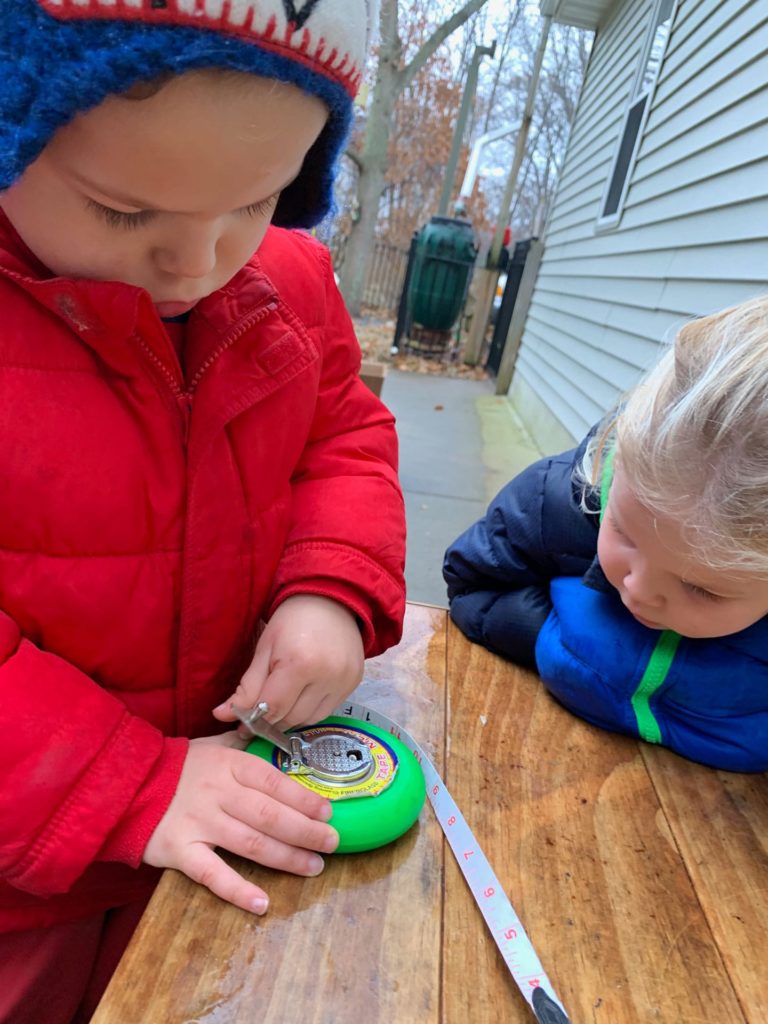
STEM exploration involves hands-on, active participation to effectively solve problems. Children control their own learning as they ask questions, propose ideas, collect data and test out their theories and ideas.
Imagine a place where mistakes and failed attempts are positive experiences that lead to a deeper understanding of STEM principles. This is what STEM looks like in the early learning environment!
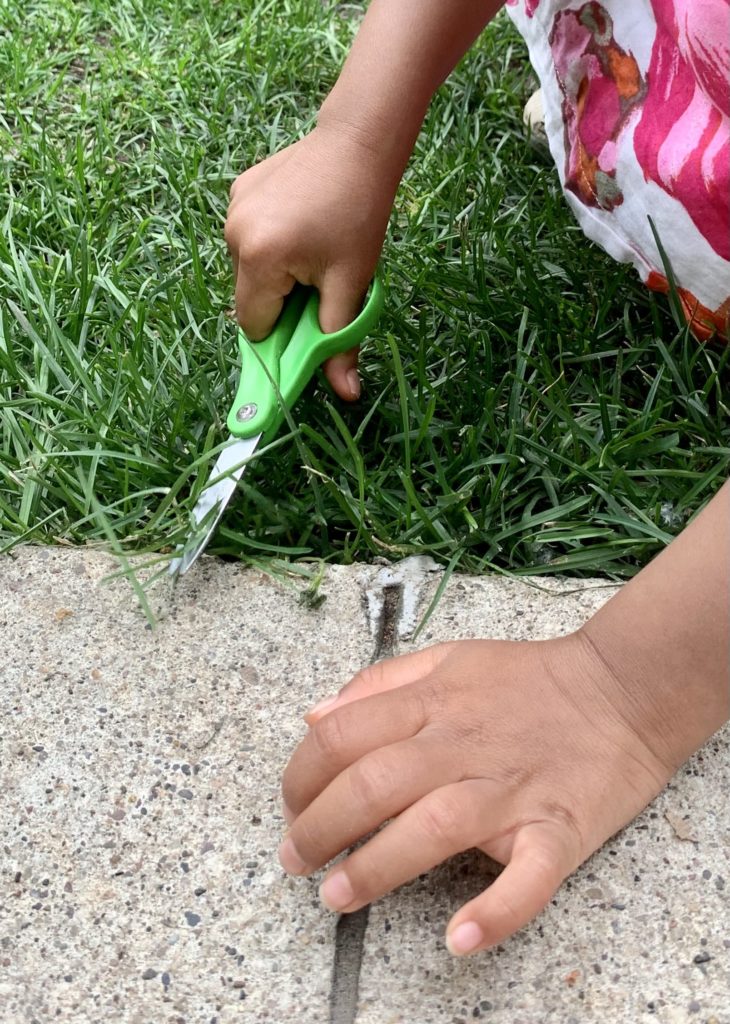
Now that you know how simple it can be to teach your early learners about the “T” in STEM, join my tool party and let the play begin. Happy grass cutting!